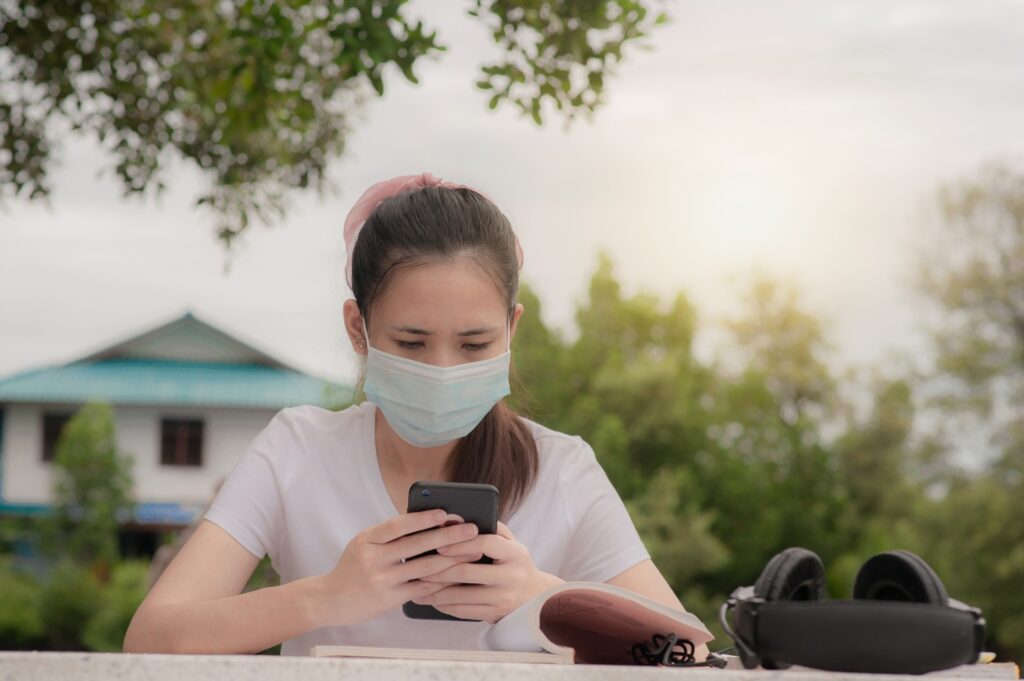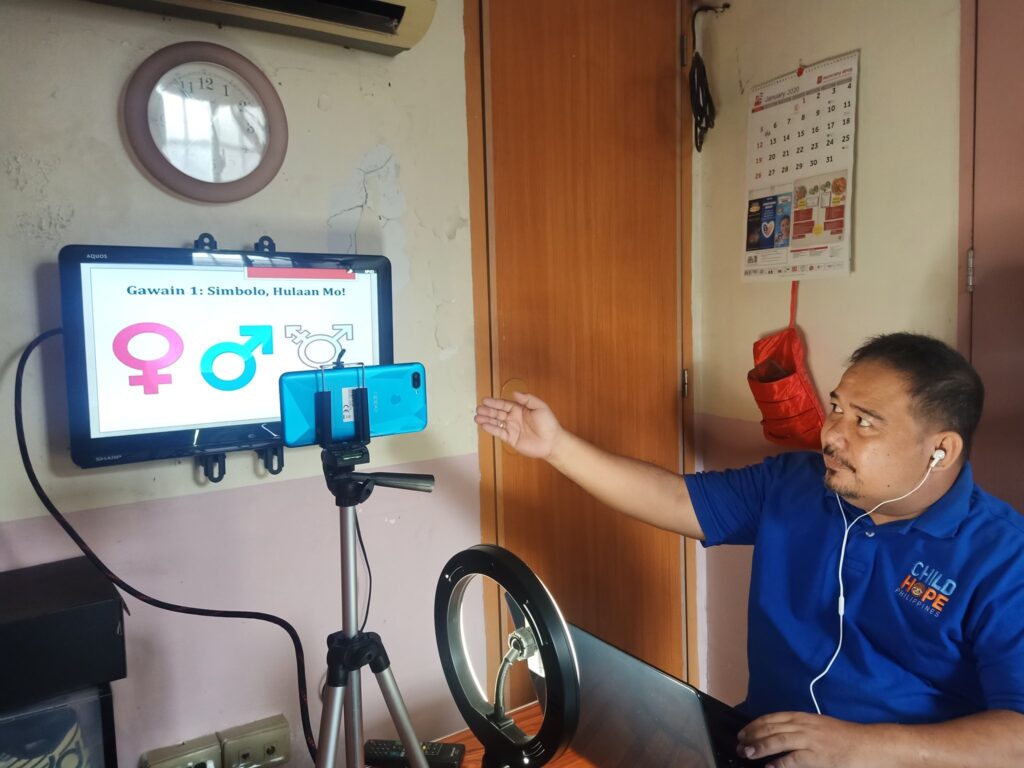Even before COVID-19 struck and caused problems for millions of families, the country’s financial status is one of the top factors that add to the growing education issues in the Philippines. Furthermore, more children, youth, and adults can’t get a leg up and are thus left behind due to unfair access to learning.
Moving forward, such issues can lead to worse long-term effects. Now, we’ll delve deep into the current status and how we can take part in social efforts to help fight these key concerns of our country.
Crisis in Philippine Education: How is It Really?
Filipinos from rich households or living in cities and developed towns have more access to private schools. In contrast, less favored groups are more bound to deal with lack of classrooms, teachers, and means to sustain topnotch learning.
A 2018 study found that a sample number of 15-year-old Filipino students ranked last in reading comprehension out of 79 countries. They also ranked 78th in science and math. One key insight from this study is it implies those tested mostly came from public schools. Hence, the crisis also lies in the fact that a lot of Filipinos can’t read or do simple math.
Indeed, it’s clear that there is a class divide between rich and poor students in the country. Though this is the case, less developed states can focus on learning if it’s covered in their top concerns. However, the Philippines doesn’t invest on topnotch learning as compared to its neighbor countries. In fact, many public schools lack computers and other tools despite the digital age. Further, a shortfall in the number of public school teachers is also one of the top issues in the country due to their being among the lowest-paid state workers. Aside from that, more than 3 million children, youth, and adults remain unenrolled since the school shutdown.
It goes without saying that having this constant crisis has its long-term effects. These include mis- and disinformation, poor decision-making, and other social concerns.
The Education System in the Philippines
Due to COVID-19, education issues in the Philippines have increased and received new challenges that worsened the current state of the country. With the sudden events brought about by the health crisis, distance learning modes via the internet or TV broadcasts were ordered. Further, a blended learning program was launched in October 2020, which involves online classes, printouts, and lessons broadcast on TV and social platforms. Thus, the new learning pathways rely on students and teachers having access to the internet.

This yet brings another issue in the current system. Millions of Filipinos don’t have access to computers and other digital tools at home to make their blended learning worthwhile. Hence, the value of tech in learning affects many students. Parents’ and guardians’ top concerns with this are:
- Money for mobile load
- Lack of gadget
- Poor internet signal
- Students’ struggle to focus and learn online
- Parents’ lack of knowledge of their kids’ lessons
It’s key to note that equipped schools have more chances to use various ways to deal with the new concerns for remote learning. This further shows the contrasts in resources and training for both K-12 and tertiary level both for private and public schools.
One more thing that can happen is that schools may not be able to impart the most basic skills needed. To add, the current status can affect how tertiary education aims to impart the respect for and duty to knowledge and critical outlook. Before, teachers handled 40 to 60 students. With the current online setup, the quality of learning can be compromised if the class reaches 70 to 80 students.
Data on Students that Have Missed School due to COVID-19
Of the world’s student population, 89% or 1.52 billion are the children and youth out of school due to COVID-19 closures. In the Philippines, close to 4 million students were not able to enroll for this school year, as per the DepEd. With this, the number of out-of-school youth (OSY) continues to grow, making it a serious issue needing to be checked to avoid worse problems in the long run.
List of Issues When it Comes to the Philippines’ Education System
For a brief rundown, let’s list the top education issues in the Philippines:
- Quality – The results of the 2014 National Achievement Test (NAT) and the National Career Assessment Examination (NCAE) show that there had been a drop in the status of primary and secondary education.
- Budget – The country remains to have one of the lowest budget allotments to learning among ASEAN countries.
- Cost – There still is a big contrast in learning efforts across various social groups due to the issue of money—having education as a status symbol.
- OSY – The growing rate of OSY becomes daunting due to the adverse effects of COVID-19.
- Mismatch – There is a large sum of people who are jobless or underpaid due to a large mismatch between training and actual jobs.
- Social divide – There is no fair learning access in the country.
- Lack of resources – Large-scale shortfalls in classrooms, teachers, and other tools to sustain sound learning also make up a big issue.
All these add to the big picture of the current system’s growing concerns. Being informed with these is a great first step to know where we can come in and help in our own ways. Before we talk about how you can take part in various efforts to help address these issues, let’s first talk about what quality education is and how we can achieve it.

What Quality Education Means
Now, how do we really define this? For VVOB, it is one that provides all learners with what they need to become economically productive that help lead them to holistic development and sustainable lifestyles. Further, it leads to peaceful and democratic societies and strengthens one’s well-being.
VVOB also lists its 6 dimensions:
- Equity
- Contextualization and Relevance
- Child-friendly Teaching and Learning
- Sustainability
- Balanced Approach
- Learning Outcomes
Aside from these, it’s also key to set our vision to reach such standards. Read on!
Vision for a Quality Education
Of course, any country would want to build and keep a standard vision for its learning system: one that promotes cultural diversity; is free from bias; offers a safe space and respect for human rights; and forms traits, skills, and talent among others.
With the country’s efforts to address the growing concerns, one key program that is set to come out is the free required education from TESDA with efforts to focus on honing skills, including technical and vocational ones. Also, OSY will be covered in the grants of the CHED.
Students must not take learning for granted. In times of crises and sudden changes, having access to education should be valued. Aside from the fact that it is a main human right, it also impacts the other human rights that we have. Besides, the UN says that when learning systems break, having a sustained state will be far from happening.

How Childhope KalyEskwela Program Deals with Changes
The country rolled out its efforts to help respond to new and sudden changes in learning due to the effects of COVID-19 measures. Here are some of the key ones we can note:
- Continuous learning – Since the future of a state lies on how good the learning system is, the country’s vision for the youth is to adopt new learning paths despite the ongoing threat of COVID-19.
- Action plans – These include boosting the use of special funds to help schools make modules, worksheets, and study guides approved by the DepEd. Also, LGUs and schools can acquire digital tools to help learners as needed.
Now, even with the global health crisis, Childhope Philippines remains true to its cause to help street children:
- Mobile learning – The program provides topnotch access to street children to new learning methods such as non-formal education.
- Access to tools – This is to give out sets of school supplies to help street kids attend and be ready for their remote learning.
- Online learning sessions – These are about Skills for Life, Life Skill Life Goal Planning, Gender Sensitivity, Teenage Pregnancy and Adolescent Reproductive Health.
You may also check out our other programs and projects to see how we help street children fulfill their right to education. You can be a part of these efforts! Read on to know how.
Shed a Light of Hope for Street Children to Reach Their Dreams
Building a system that empowers the youth means helping them reach their full potential. During these times, they need aid from those who can help uphold the rights of the less privileged. These include kids in the streets and their right to attain quality education.
You may hold the power to change lives, one child at a time. Donate or volunteer, and help us help street kids learn and reach their dreams and bring a sense of hope and change toward a bright future. You may also contact us for more details. We’d love to hear from you!
With our aim to reach more people who can help, we’re also in social media! Check out our Facebook page to see latest news on our projects in force.
